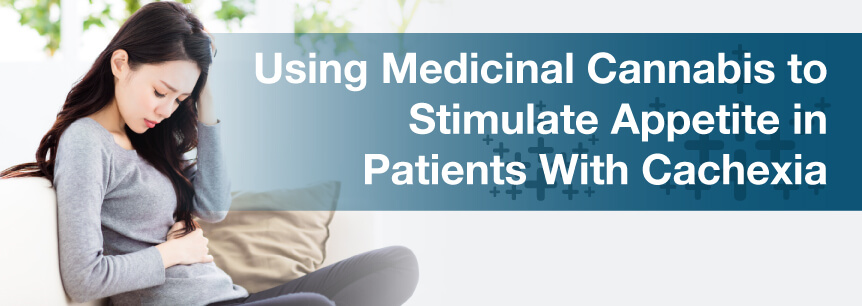
Appetite issues aren’t necessarily caused by wasting syndrome, but they can make it harder to recover from it. Cachexia often happens as a symptom of an underlying condition like cancer or HIV/AIDS. These kinds of disorders and their treatments can reduce a patient’s appetite. Since some patients try to change their eating habits as a part of cachexia recovery, a decreased appetite can make sticking to such a diet difficult.
While gathering the medical knowledge we have as a society, researchers have found a surprising response to cachexia. Enter: The munchies. Marijuana detractors and even some users themselves make fun of cannabis for causing food cravings. But, when you don’t have any desire to eat food, this effect can help you get the nutrients you need.
Marijuana has safe side effects that can often benefit patients with specific needs. Hunger is one of the cases where what some people consider a negative side effect becomes the reason another patient uses it. But, how exactly does cannabis increase your appetite?
Everyone has an endocannabinoid system (ECS) that manages cannabinoids, the components in marijuana — in fact, our bodies create their own cannabinoids called endocannabinoids. A hormone called leptin is what lets your body know when to stop eating. It counteracts anandamide, an endocannabinoid that triggers hunger. Cannabinoids from marijuana imitate anandamide, causing you to feel hungry even when you have increased leptin levels.
When you use cannabis, your body also changes in additional ways that make you feel hungry. Marijuana enhances your sense of taste and smell. It also makes you release dopamine and ghrelin, substances that make you feel happy and ready to eat. All these effects make food much more enjoyable.
Patients who use cannabis medicine to stimulate hunger tend to medicate with marijuana strains and products high in tetrahydrocannabinol (THC). THC is the cannabinoid responsible for causing “the munchies,” so a strain with plenty of it has a good chance of making you hungry. Medicine with other compounds like cannabidiol (CBD) can still affect your appetite, but they must have THC, as well.
You have a wide selection of marijuana medications to choose from, but some might work better than others. For example, if you live somewhere with legal edibles, you might want to opt for another choice. After all, you already don’t have the desire to eat anything, so you might have a tough time taking an edible. Extended-release options like patches can improve your appetite slowly and consistently, while faster methods like vaping let you get hungry quickly.
The answer to this question depends on your definition of “medical marijuana” — every state allows the use of Marinol, a synthetic cannabinoid drug. Marinol increases the appetite the same way that cannabis does, but it counts as a legal prescription medicine. If you consider a synthetic cannabinoid a type of marijuana medicine, then you can use it anywhere in the United States.
If you only want the natural stuff, you still have a good chance of getting legal access. More than 20 states consider wasting syndrome a qualifying condition for their medical marijuana programs. While some states mention conditions related to the ones they list could qualify, it helps when your disorder is explicitly listed. You and your doctor don’t have to do any guesswork — you just have to prove you have cachexia.
To join your state’s medical marijuana program, visit a cannabis-trained doctor to get an evaluation and recommendation. Once you become an official member, stop by a local dispensary to buy medicine. Find educated marijuana professionals near you by searching our database today!